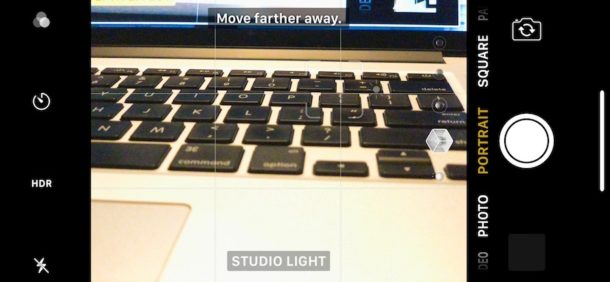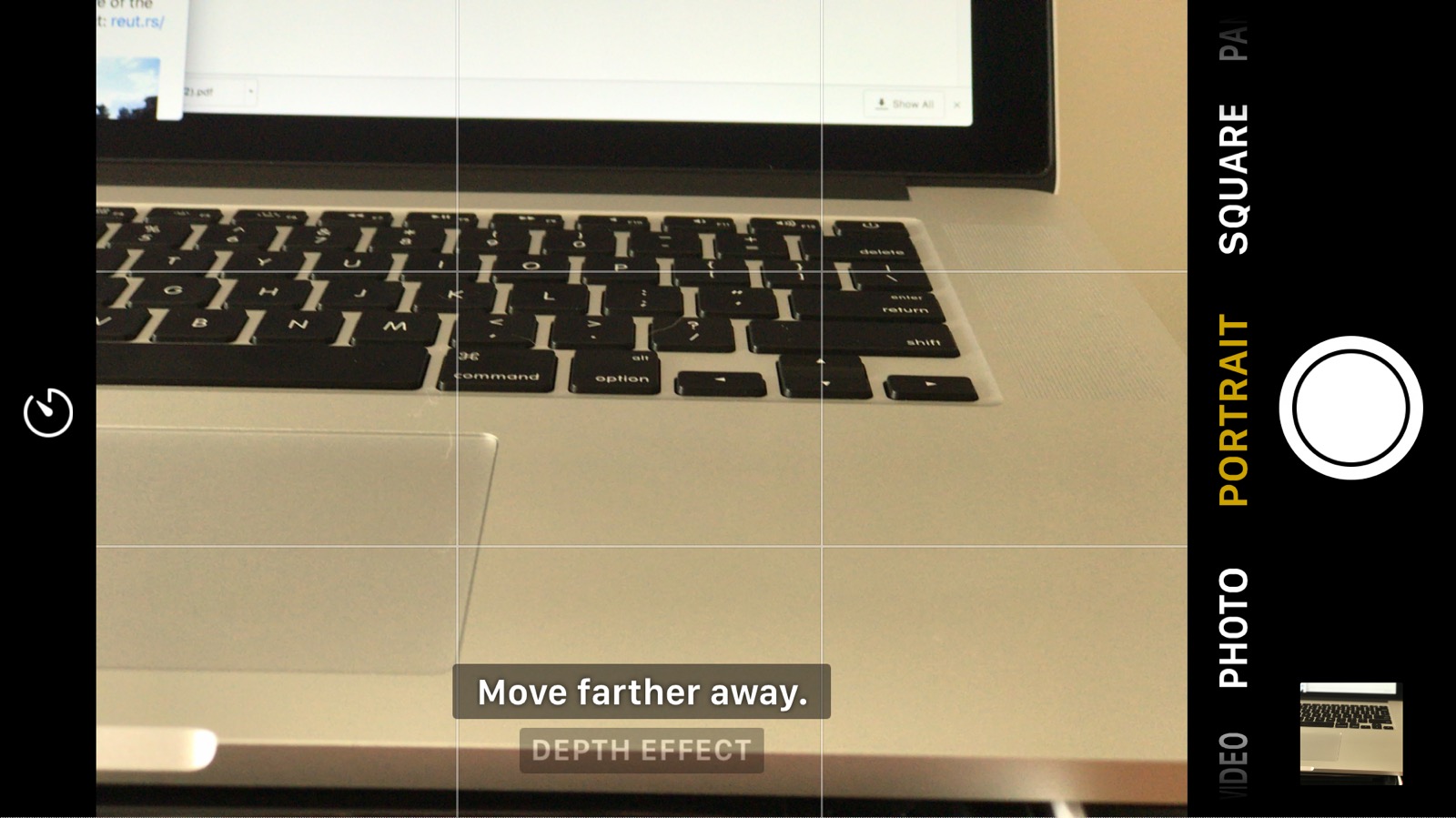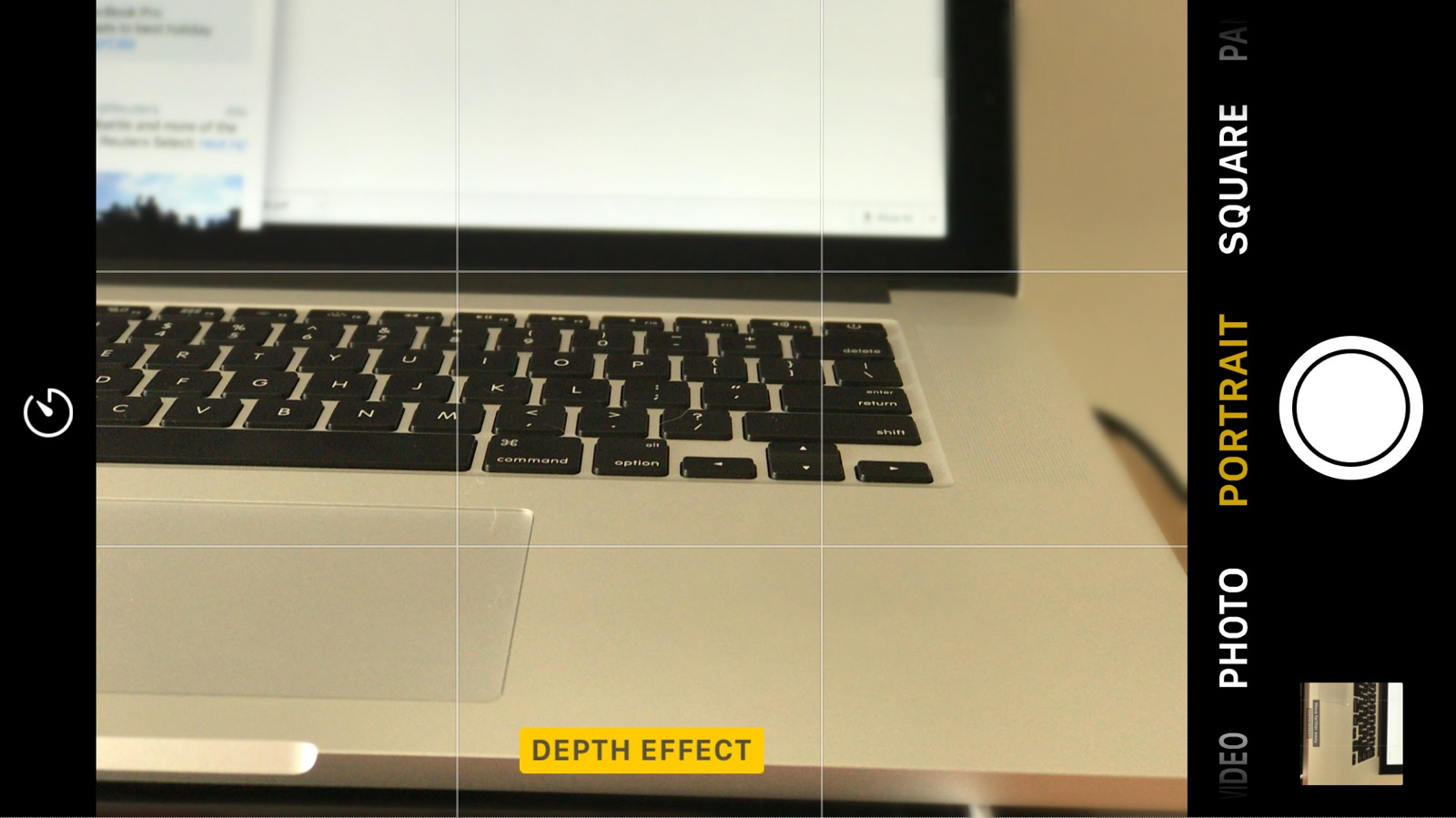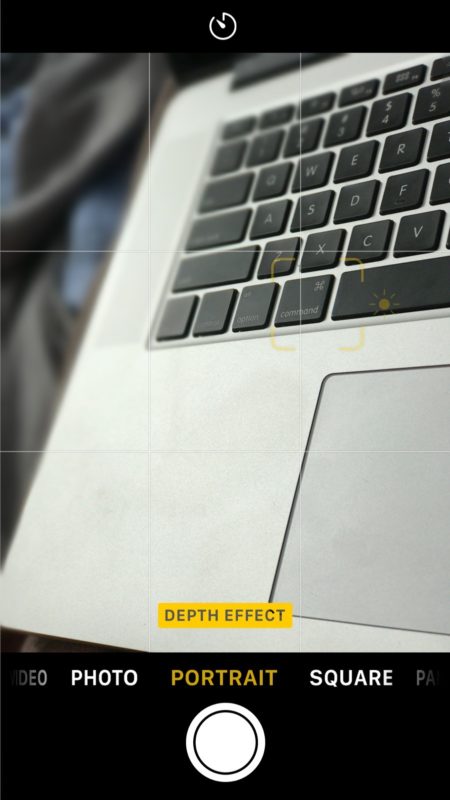How to Use Portrait Camera on iPhone

Portrait Camera mode is a nice feature available to some of the newer iPhone models. As the name implies, it’s ideally suited for taking portraits of people, animals, or objects, and it uses a digital blur to create a depth effect on captured images.
Portrait Camera mode can be used on select new iPhone models, including all iPhone 13, iPhone 13 Pro, all iPhone 12, iPhone 12 Pro, iPhone 12 Pro Max, iPhone 11, iPhone 11 Pro, iPhone 11 Pro Max, iPhone XS, iPhone XR, XS Max, iPhone X, iPhone 8 Plus, iPhone 7 Plus, and presumably other future similar iphones, as long as they also have modern versions of iOS software. In case you were wondering, the iPhone Plus or X is required because it includes the dual camera lens, and it’s the secondary zoom lens camera that is being activated for Portrait mode shots.
Portrait mode is fun, and fairly easy to use once you learn how it works, it’s available as a camera app option like many of the other handy iPhone camera features, including panorama, slow-motion, and time-lapse. Let’s discuss how this feature works…
How to Use Portrait Camera on iPhone
- Open Camera app as usual
- Swipe on the camera mode options until you access “Portrait”
- Snap portrait images as usual, the onscreen messages will inform you of when a Portrait shot is ready to be taken when it turns yellow
![]()


Once Portrait Camera is active you’re ready to take pictures with the effect, but do pay attention to the onscreen messages to improve the picture quality and the likelihood it will turn out expected. When “Portrait” or “Depth Effect” is highlighted in yellow then portrait mode is active and ready to go with the subject, so tap on the camera button as usual to take the picture. The message on screen will also inform you if the image is not ready for portrait mode, in which case you should move the camera or the subject.
The animated gif image below shows an example of the portrait mode effect on a tree branch with snow on it, the blur effect version has portrait mode whereas the regular version is just a normal camera picture:

Generally speaking you will want to be close to the subject you are snapping a picture of with portrait mode, but let the iPhone camera app guide you with the little yellow indicator on screen.
Portrait mode tends to work best with clearly defined objects, faces, people, animals, and not so well with abstract objects or anything with complex edges. Even some haircuts and hair types struggle, for example curly hair or wind-swept hair tends to blur our in Portrait Mode photos of people.
The image below shows portrait mode working reasonably well on a MacBook Pro laptop, blurring out the portions of the laptop that are not in focus:

Just experiment with the feature and you’ll quickly learn what works well and what doesn’t.
You will find both the Portrait mode photo (labeled as “Portrait” or “Depth Effect”) and the regular mode photo side-by-side in the general Photos album of the iPhone. There’s also a dedicated “Portrait” or “Depth Effect” album in the Photos app, how they are labeled depends on the version of iOS system software.
Portrait mode is being aggressively marketed in ongoing ad campaigns by Apple, and is actively being worked on, so it’s certain the feature will continue to improve as time goes on. Perhaps in the future we’ll get even more Camera app software features or manual focusing abilities to fine tune the Portrait camera on iPhone, but for now it’s as simple as point and shoot. And of course the iPhone X also has portrait lighting effects available in the camera mode too, which use software to blend out the background or adjust lighting on screen.


No one cares about iPhone x is the worst apple phone, just get a Samsung and you will not need anyone to tell you how to take a picture with your phone because is not a science
There is no need to dump on the iPhone X or to suggest a radical change of smartphones: The article makes it clear that it’s not dificut to take portrait photos, it’s meant as a brief introduction or guide for people unfamiliar with the funcionality.
I have an iPhone X with IOS software up to date. I get all the Natural Light / Studio Light etc to appear but no way can I get the Depth Effect indicator message to appear in Portrait. What am I doing wrong?
Not good advice to “tap” on the camera button as this can induce shake or tremor, most users are unaware that the best procedure is to place the finger on the button and then release this prevents camera shake and takes the photo.
I appreciate the tutorial on iPhone Portrait. Please publish a tutorial on editing portrait photographs. I find editing is where the power of “portrait” is where you can black out the background completely.
Thanks. Peter Dersley